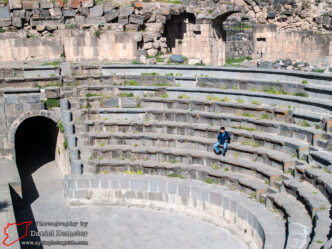
Shahba شهبا
Shahba (شهبا) is one of the most unique and best preserved Roman cities in the whole of Syria. The modern city largely keeps …

Shahba (شهبا) is one of the most unique and best preserved Roman cities in the whole of Syria. The modern city largely keeps …
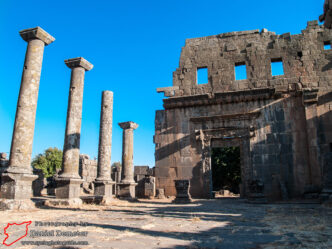
Qanawat (قنوات) is perhaps the most impressive site in the region of al-Suweida (السويداء). It was a major city in Roman times …
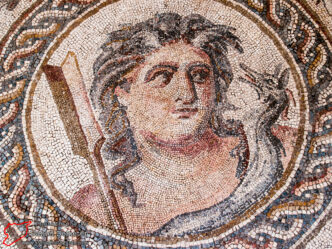
al-Suweida (السويداء) is the capital and largest city in the province of the same name, and therefore an administrative center and major …
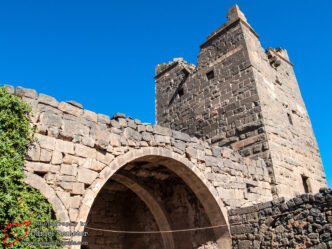
Shaqqa (شقا) is a seldom visited town to the northeast of Shahba (شهبا) which has numerous historic remains from the Roman and Byzantine periods. …
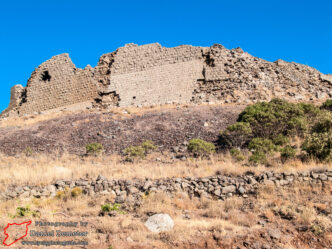
Salkhad (صلخد), a predominantly Druze town to the southeast of al-Suweida (السويداء), has had a long history dating to pre-Islamic times. The …
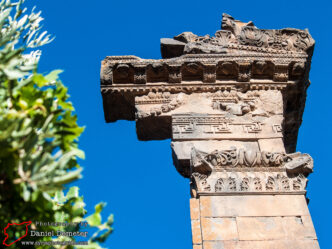
Salim (سليم) is a small Druze village located on the main road between al-Suweida (السويداء) and Shahba (شهبا). The settlement, originally Nabatean, was …
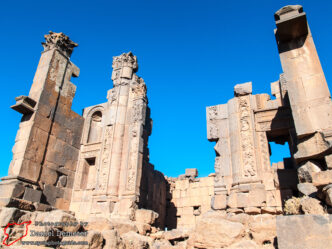
Atil (عتيل) is a small Druze village located just east of the main road between al-Suweida (السويداء) and Shahba (شهبا). The village …
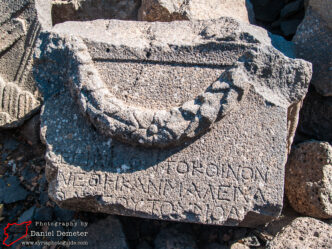
Sia (سيع) was once the site of a significant Roman temple, though what remains leaves much to the imagination. Little remains intact aside …
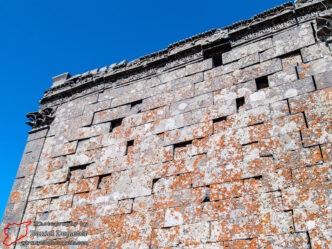
Located about 25 kilometers southeast of Shahba (شهبا), on the western edge of the volcanic wilderness area, the Druze village of al-Mushanaf …
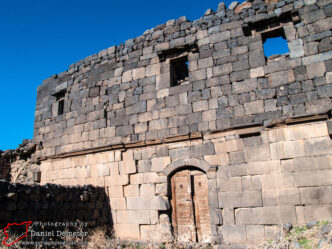
Heit (هيت) and Hayat (هيات) are two neighboring villages about one kilometer apart in the northern part of the al-Suweida region (ريف السويداء). Both villages …